Children and AIDS is the online information portal and community of practice for the HIV and AIDS programme of the United Nations Children’s Fund (UNICEF). It supports UNICEF and partners’ efforts to ensure that all infants, children, adolescents and their mothers can access life-saving HIV prevention, treatment, care and support, including in remote areas, in fragile states and among marginalized populations.